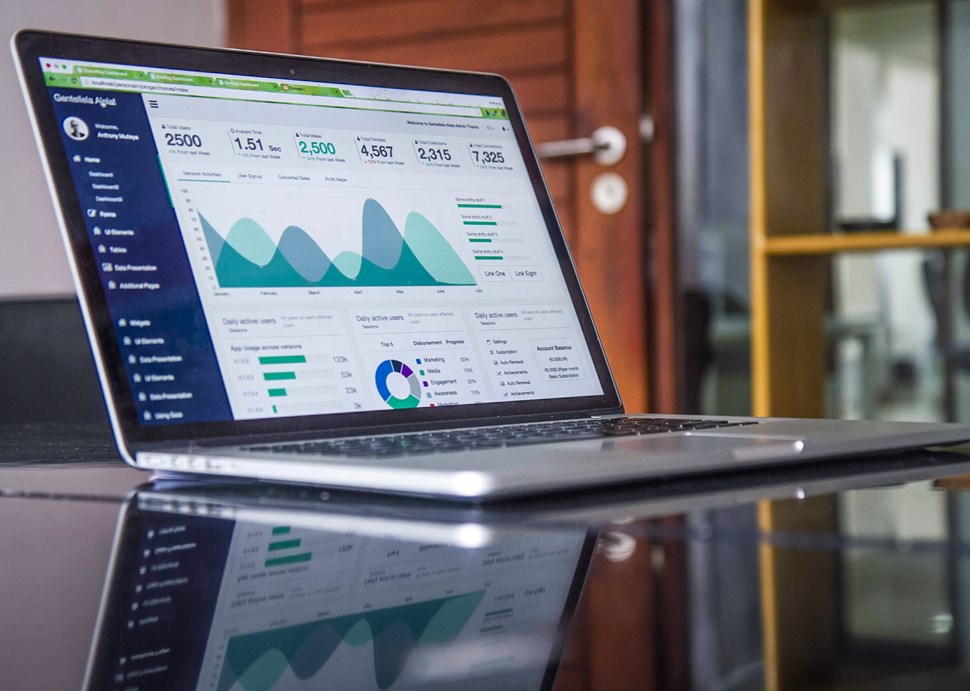
Today we navigate our way across cities, pull up electronic tickets, purchase items, monitor our health and of course, stay connected with friends and family on our smartphones. It’s one of those innovations that later makes us think, “just how did I ever function without it?”
Augmented analytics was identified by Gartner as the number one top trend for data and analytics technology in 2019, and market leaders are already starting to invest in this burgeoning industry.
SAP recently acquired augmented people analytics company Qualtrics for $8bn, shelling out a price equivalent to over 20x the company’s current revenue. A newcomer to the game, Denver based start-up, Nodin, raised $5m in funding this past March, a month before even launching its platform.
But just what is augmented analytics and what makes it such a hot new trend?
Companies are now being forced to use their own data to build better products and reach their target audiences. In today’s fastpaced business world, data-driven decisions are no longer a nice-tohave, they’re a necessity to stay competitive and on top of market volatility.
Major players from Booking.com to PepsiCo are relying on teams of data analysts to collect, clean and analyse the surge of data now being generated. SMEs are also leveraging their data to gain a competitive advantage in a sea of new competitors popping up every day.
The problem is that data analysts are not only scarce in number, they’re also extremely expensive, especially for SMEs.
Even for companies that do have data scientists on board, the sheer volume of the data we’re now collecting through various platforms and tools, means that they actually spend more of their time on activities like data preparation and visualisation, leaving less time for actual analysis.
Augmented analytics harnesses the power of AI and machine learning to cut out the arduous tasks of processing, aggregating and visualising data.
You may think, “just how significant can automating these tasks be for businesses?” Here are three major ways this service will disrupt the business world:
With most businesses adopting artificial decision-making capabilities, we’re now in a race to see who can make the faster, better business decisions. Our businesses are like data-guzzling V12 engines that need data to fuel growth. Automating this process and using augmented analytics to spot growth opportunities in your data, before your competitors, means you win the race
“Much like smartphones revolutionised our personal lives, augmented analytics is on the cusp of becoming the business world’s next big evolution.”
At the moment, most company’s data lives on several different platforms – isolated. Not only is this inefficient, it also blocks businesses from making informed decisions. We shouldn’t be looking at how each part of the engine works separately, but how it all works together.
Having data points integrated in a rapid reporting system such as Aerialscoop or DataBox, allows you to track the entire customer journey on one platform, all the way from lead generation until earning your first Rand from the client
It also allows for better cohesion and collaboration across the organisation. It’s not just ‘how is my marketing team doing on their KPIs?’, but ‘how are the marketing team’s results directly impacting my revenue growth and retention rates.’
Meanwhile, for smaller companies that don’t have the means to hire a team of data scientists (currently the global average salary is R1.3m), augmented analytics will make data-driven insights accessible to the masses. This is expected to be a major wave of development of the next five years.
This opens doors for SMEs to accelerate their growth at an exponential rate across departments. If there was ever a time that smaller, more nimble start-ups were able to pose a real threat to major companies, the democratisation of data analytics ought to be the catalyst.
The good news is you are not too late to take advantage. We are still at the emerging days of the disruption. There are already a number of solutions in the market that can help you work with your data better and they are being adopted rapidly. The key to your success is not to wait until data-driven decisions are ‘main-stream’, as unlike previous tech trends trying to play catch-up on this one may not be so simple!